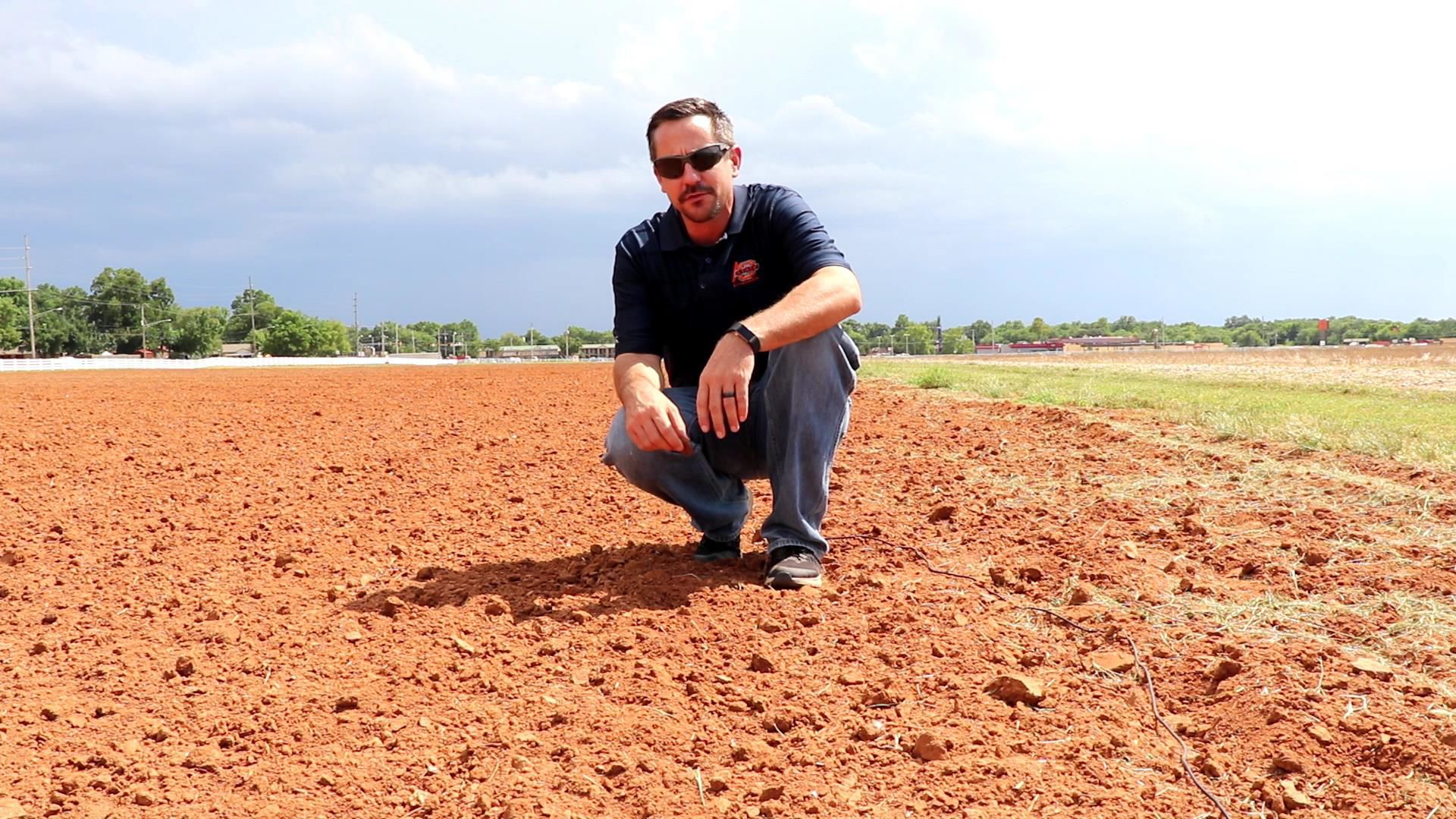When your wheat crop appears to be nitrogen deficient, your first instinct is to immediately make an application. But a new study shows that patience may be a better strategy.
“The question’s always been where we put out a pre-plant rate of nitrogen, wait for that to show up and then make our fertilizer recommendation,” Brian Arnall at Oklahoma State University said. “People are always worried that they’re losing yield if they have a nitrogen deficiency or how long can they wait before they start losing yield. This study was really meant to examine that. How long can a crop be deficient, be symptomatic, and we still recover completely?”
Arnall has been involved in a two year research project to determine just how long wheat can wait for nitrogen. He said at the first sign of nitrogen deficiency in the study, each test plot was given a single application of nitrogen but at longer intervals. The first field was treated after seven days, the second after 14 days, the third after 21 days and so on. One field was given a single 90-pound pre-plant application of nitrogen to serve as a control plot for the study.
“What we found out is it really doesn’t matter how long the crop has been deficient,” he said. “What matters is when the crop received the nitrogen. The optimum time determined by our two year study is to put on nitrogen around hollow stem.”
Hollow Stem occurs just after the wheat plant emerges above ground. The stems, also known as tillers, begin to strengthen and elongate. A small hollow area will appear at the base inside the stem. Hollow stem is also referred to as “first hollow stem”.
“So, if we put on nitrogen in February or early March,” Arnall said. “We maximize yield and quality every time. (In our study) this was the only nitrogen the crop received but, it could be deficient from November on, as long as we were putting on nitrogen in late February to early March, at hollow stem or even after hollow stem, we were maximizing the efficiency of that nitrogen going into the grain as protein and yield.”
Arnall said that means you can choose the best time for a nitrogen application instead of rushing out to the field at the first signs of deficiency.
“Wait until you have a good weather pattern,” he said. “Wait until you know the crop is going to be better able to receive the nitrogen you apply and then make the application. You don’t have to get in a hurry. In fact, the later you wait, the closer to hollow stem you get or even after, the more efficient your fertilizer is going to be and the better return you’ll get on the pounds of nitrogen in and pounds of nitrogen back out in the grain.”
More details about the study can be found at https://osunpk.com.
Arnall said the study concluded that “applying the majority of the nitrogen at or just after hollow stem maximized grain yield and protein with a single shot.”
The entire interview with Arnall about the study is available on the Wheat Squared podcast http://wheatsquared.libsyn.com.
Wheat Squared is sponsored by the Oklahoma Wheat Commission and Oklahoma Genetics, Inc.


